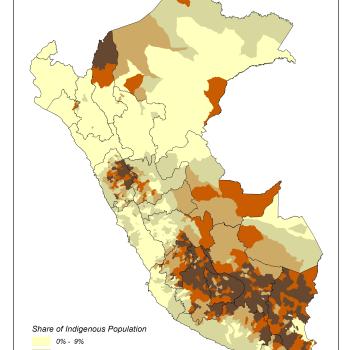Publication Information

Abstract: Migration affects not only those who migrate, but may also have intergenerational effects on their children. Looking at those mothers with a history of internal migration who are part of the Young Lives project, and comparing them with suitable controls, we find that mothers’ migration has had a positive impact on the nutritional outcomes and cognitive achievement of their offspring. However, we also find that there are heterogeneous impacts, as different types of migration trajectory (rural to rural; rural to urban – to intermediate cities or to the capital, Lima) can be associated with the prevalence of different channels affecting child well-being. Those channels are the income channel, as migration may lead to new income-generating opportunities; the information channel, as migration may allow the mother to access more information about child-care and health-related practices; and the access to services channel, as migration may facilitate or hinder access to key public services.

Abstract: Migration affects not only those who migrate, but may also have intergenerational effects on their children. Looking at those mothers with a history of internal migration who are part of the Young Lives project, and comparing them with suitable controls, we find that mothers’ migration has had a positive impact on the nutritional outcomes and cognitive achievement of their offspring. However, we also find that there are heterogeneous impacts, as different types of migration trajectory (rural to rural; rural to urban – to intermediate cities or to the capital, Lima) can be associated with the prevalence of different channels affecting child well-being. Those channels are the income channel, as migration may lead to new income-generating opportunities; the information channel, as migration may allow the mother to access more information about child-care and health-related practices; and the access to services channel, as migration may facilitate or hinder access to key public services.

